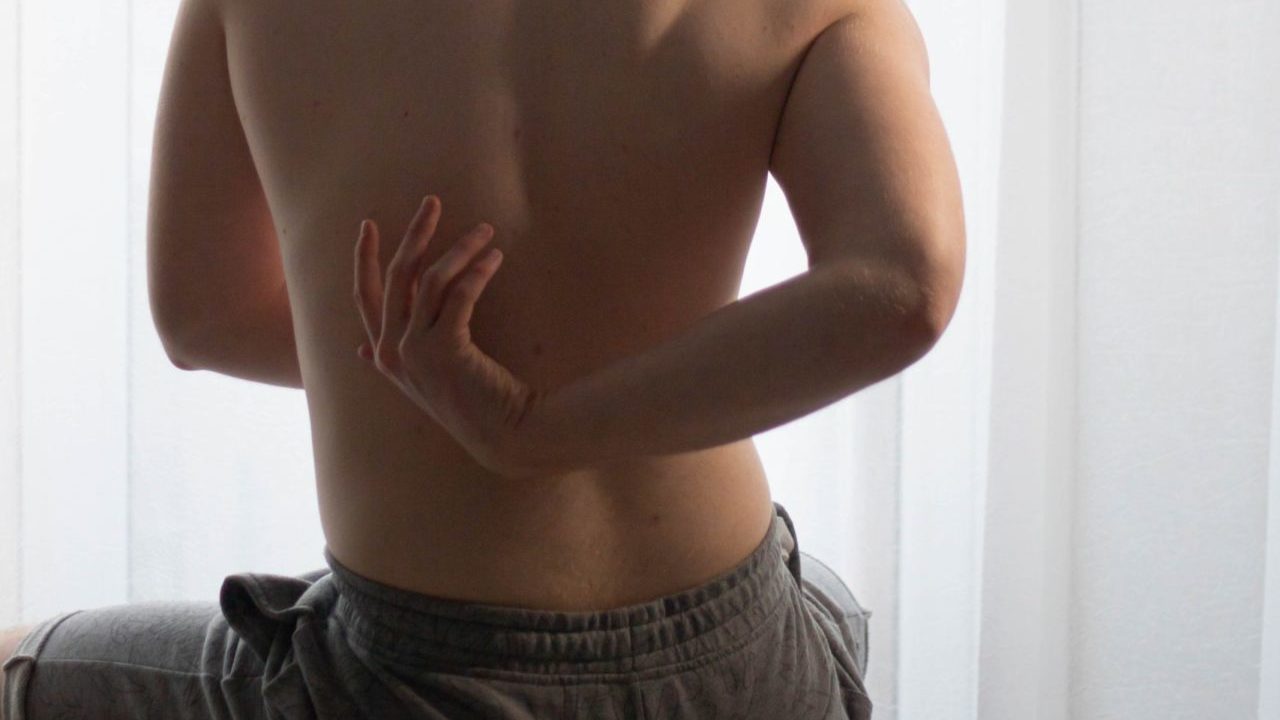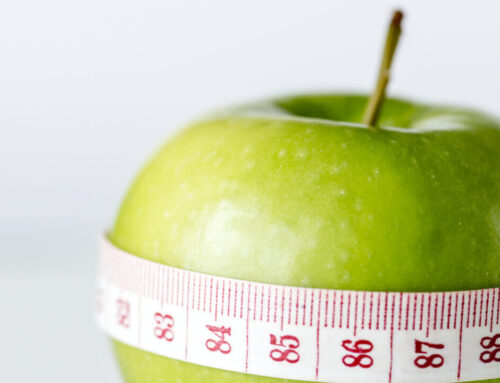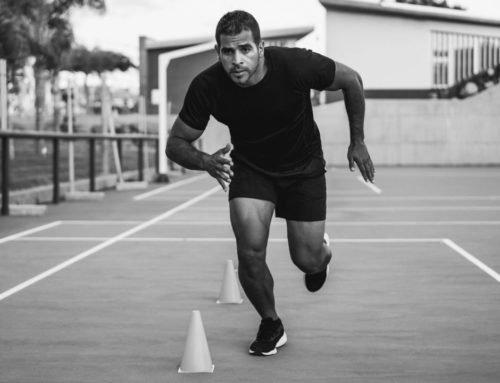Lower back pain is one of the most common reasons for time off work. That’s down to the fact that your lower back supports your upper body which leaves it prone to strain. Lower back pain is usually caused by wear and tear during physical activity, arthritis, and aging, though sometimes it can prop up from something as simple as twisting or lifting something too heavy.
No matter the way you sustained your injury, these 5 tips will help you to deal with that pain!
1. Maintain correct posture
One of the best ways to help correct and prevent lower back pain is maintaining correct posture, this applies when performing physical activity and sitting down. This is especially true when you have a job or play sport that require repeated motions. To fix this, try to be mindful at all times of how your body is positioned, as soon as you feel yourself slouching, erect your spine so that you are back to the perfect position. If your job requires you to lift heavy objects, try to bend from the knees and not the hips.
If your job requires a lot of sitting, such as a desk job, keep your feet planted on the floor and get a chair that offers more lower back support. Try to avoid hunching forward as much as possible, place your monitor on top of a box so that it is at eye level, and make sure your keyboard and mouse aren’t too far away from you.
2. Stretch
Stretching is another great way to help relieve long term and acute pain in your lower back, as well as help to prevent future back problems. The muscles in your back lie at numerous angles along your back, therefore it’s super important that you stretch in a number of different ways to help accommodate for each. Here’s some basic stretches to get you started: Child’s Pose, knee-to-chest stretch, seated spinal twist, pelvic tilts, cat cow stretch, and sphinx pose.
3. Get A Massage
The perfect remedy for relieving tension and help eliminate any knots or strains in the muscles. Specifically, for pain caused by a back strain, when the correct muscle is targeted, the pain can be controlled allowing for quicker, lasting relief. Certainly something to look into if you can’t shift the pains and strains.
4. Make Sure You Sleep On A Quality Mattress
Consider purchasing a medium-firm mattress, these are usually most beneficial for lower back pain sufferers. However, how you position yourself when sleeping can also come into play when selecting a mattress. If you’re a side sleeper you should be looking for a softer mattress to help you maintain good posture. If you’re a back/stomach sleeper, a firmer mattress should suffice. Although if you do have lower back pain, try to avoid sleeping on your stomach as this places more of a strain on your back and spine.
5. Use Hot/Cold Treatment
Applying ice within the first 24-72 hour period can help to ease pain and reduce any signs of swelling, after icing for 10-20 minutes (to avoid any skin damage) switch to heat to help any tight muscles relax. Using heat can also be used for chronic lower back pain that isn’t directly related to an injury.
Photo by Adrian “Rosco” Stef on Unsplash.







